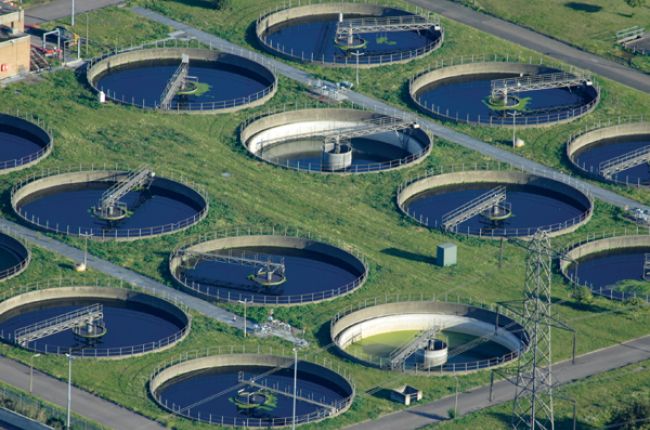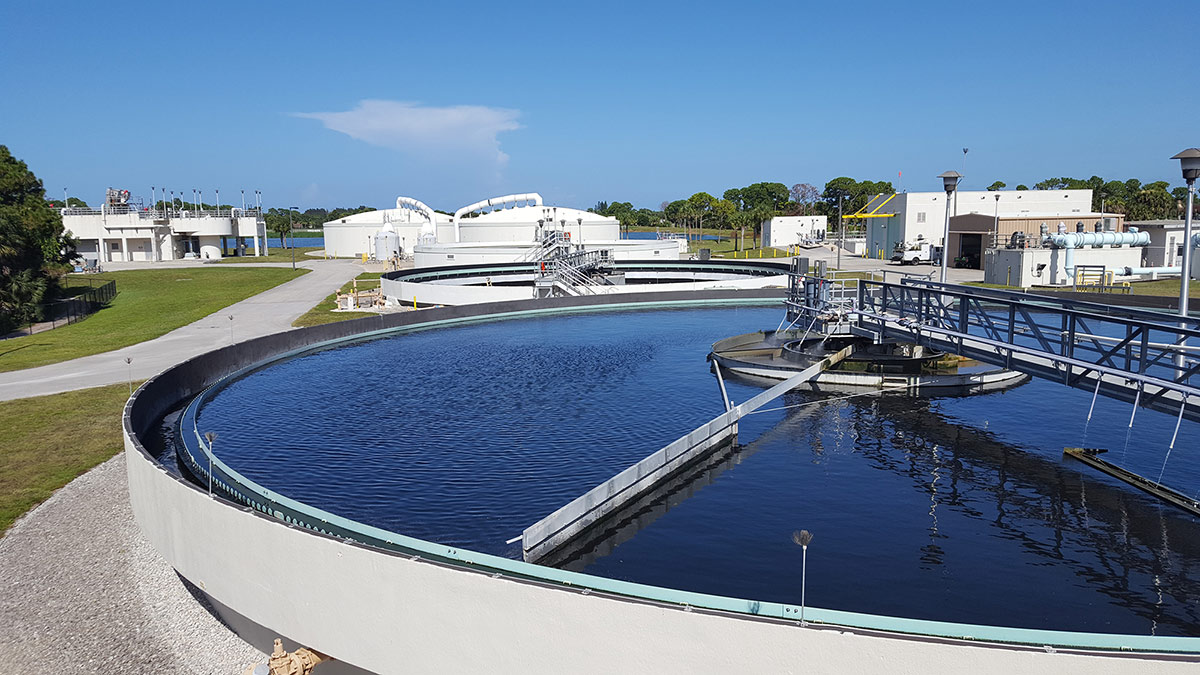Strategic Approaches to Boost Drainage Therapy Effectiveness and Minimize Environmental Influence
In the world of waste water therapy, the quest for boosted efficiency and lowered environmental effect is a continuous difficulty that demands critical solutions. The integration of sophisticated therapy innovations, energy-efficient procedures, resource healing methods, boosted nutrient removal methods, and smart surveillance and control systems represents a diverse structure for dealing with these pressing worries.
Advanced Treatment Technologies
Innovative membrane layer filtration systems have revolutionized innovative wastewater therapy procedures, substantially enhancing the elimination of impurities. This innovation has confirmed to be extremely efficient in getting rid of a broad range of pollutants, consisting of drugs, hefty metals, and natural substances, which are often testing to get rid of with standard therapy methods.
In addition, membrane layer filtration systems provide countless benefits over standard treatment techniques. Furthermore, these systems are highly versatile and can be easily integrated into existing therapy plants or used as standalone units for decentralized applications.
Energy-Efficient Procedures
The assimilation of energy-efficient procedures in wastewater treatment systems is critical for enhancing source usage and decreasing functional prices. One key strategy to enhancing power effectiveness in wastewater therapy is the utilization of sophisticated aeration systems, such as great bubble diffusers or surface area aerators, which can enhance oxygen transfer effectiveness and lower power intake.
Furthermore, optimizing process control and automation through the usage of sophisticated sensing units and monitoring systems can enhance overall energy efficiency by adjusting operations in real-time based upon real demand and problems. Carrying out power audits and frequently keeping an eye on power efficiency indicators are important techniques to recognize locations for renovation and track energy-saving campaigns efficiently. Overall, the fostering of energy-efficient procedures in wastewater therapy not only profits the setting however likewise adds to lasting price financial savings and operational sustainability.
Resource Healing Methods
With a focus on optimizing source use and sustainability in wastewater treatment systems, the application of resource recovery approaches arises as a critical facet in improving operational efficiency. Source healing strategies in wastewater treatment include the identification and removal of important sources from the waste stream, thus transforming what was when considered waste right into a useful asset. By applying source healing strategies such as nutrient removal and healing, energy generation from raw material, and the production of recyclable water, wastewater treatment plants can decrease environmental influence while making best use of efficiency.

Improved Nutrient Removal Methods
Implementing advanced nutrient elimination strategies is vital for optimizing the performance of wastewater therapy systems. Enhanced nutrient removal plays a critical function in reducing the environmental effect of cured effluent released right into water bodies. One of the vital strategies used for enhanced nutrient removal is the process of biological nutrient elimination (BNR), which entails the removal of nitrogen and phosphorus with biological procedures. This can be achieved via the usage of specialized microorganisms that can transform nitrogen substances right into inert nitrogen gas through denitrification, and accumulate phosphorus within their cells through a process called boosted organic phosphorus my sources elimination (EBPR)

In addition to BNR, advanced treatment techniques such as membrane bioreactors (MBRs) and built wetlands can likewise be utilized to boost nutrient removal effectiveness. MBRs utilize membranes to achieve top notch effluent standards by efficiently removing nutrients and suspended solids. Built wetlands imitate natural marsh processes to eliminate nutrients via plant uptake, microbial task, and sedimentation. By incorporating these sophisticated nutrient removal techniques into wastewater therapy industries, systems and towns can successfully minimize nutrient air pollution and secure the atmosphere.
Smart Surveillance and Control Solution
Making use of innovative modern technology, the integration of clever monitoring and control systems revolutionizes the functional effectiveness of wastewater treatment centers. These systems integrate advanced sensors and data analytics to constantly check vital parameters such as pH levels, turbidity, liquified oxygen, and flow prices in real-time. By gathering and analyzing this data, operators can acquire useful understandings into the performance of the therapy processes, enabling proactive adjustments to optimize therapy performance.
Smart monitoring and control systems likewise sustain remote monitoring capacities, allowing drivers to access real-time information and control features from off-site locations. This remote accessibility enhances functional adaptability and responsiveness, enabling quick treatments in instance of system breakdowns or changes in influent high quality. Additionally, the anticipating maintenance abilities of these systems assist protect against devices failures and minimize downtime, inevitably improving the total integrity of wastewater therapy procedures (Waste Water Treatment).
Verdict
To conclude, tactical techniques such as advanced treatment modern technologies, energy-efficient procedures, resource recuperation methods, enhanced nutrient elimination techniques, and smart monitoring and control systems play a vital duty in enhancing wastewater therapy efficiency and lessening environmental impact. By executing these methods, wastewater therapy plants can improve their overall efficiency, lower energy consumption, recover important resources, and ensure compliance with ecological guidelines. These methods are necessary for efficient and lasting wastewater management practices.

In verdict, tactical strategies such as sophisticated treatment innovations, energy-efficient procedures, resource healing approaches, enhanced nutrient removal strategies, and wise surveillance and control systems play an essential duty in enhancing wastewater treatment effectiveness and minimizing environmental effect.
Comments on “Economical Solutions for Large-Scale Waste Water Treatment Facilities”